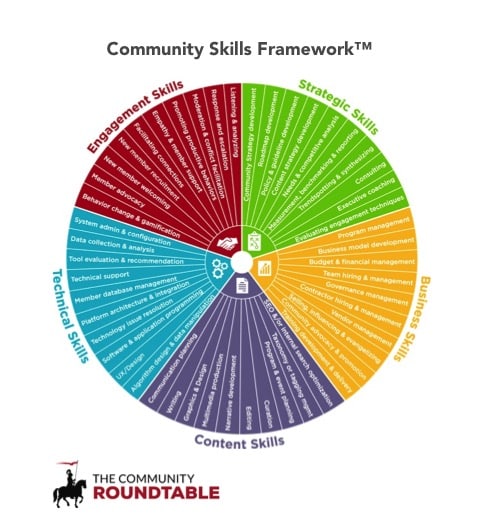Last week, I attended the Enterprise 2.0 conference and, with Ted Hopton, chaired the Community Development and Management track. There were a several notable changes to this event – the first was that the conference was broken up into disciplines and business processes which helped bring more business owners to the conference. The second was that the newer west coast version of this conference is approaching the size of its east coast counterpart, held in June every year in Boston. In my mind, both of these signal an evolution in the market from experimental to operational and it’s a good sign. There were still a lot of new faces and balancing the needs of those attendees with the needs of E2.0 “regulars” is something that needs to be done going forward.
The community development and management track received very positive remarks (although we’ll have to wait a bit to see the tabulated feedback – please fill in an evaluation if you were at the conference). I was happy to be able to introduce Mark Yolton of SAP (slides here) and Bill Johnston of Dell to the E2.0 conference crowd and both spoke to a packed room. Bill Johnston and a panel moderated by Claire Flanagan with Erica Kuhl of Salesforce.com and Megan Murray from Booz Allen Hamilton gave the audience the fundamentals of community and community management while weaving in their own case studies.
The track then focused on specific areas of community management – engagement, collaboration & project management, governance, analytics & measurement, and building support. One of my favorite moments from the conference was when Joe Crumpler, an IS Manager at Alcoa Aerospace, mentioned that he finally realized at the conference that there was a name for what he did – community management – and that it really represented for him a new way of managing teams. I couldn’t agree more as I think community management is both a role and a discipline or methodology of general management.
Other interesting comments/themes that I heard over the course of the event:
- Alcoa has reduced the need for status meetings almost entirely by using social environments, which has direct cost and productivity implications. They’ve seen a 30% increase in work time for their team members. Mark Yolton from SAP chimed in and said they had reduced their status meetings to one time per month/5 minutes per project.
- There is a big cultural change getting people comfortable with sharing ‘in process’ work vs. finalized documents. Individuals often want to perfect something before it is seen and reviewed.
- There was a lot of discussion around finding the individuals in a network that are most capable of spreading information or spurring action and a growing realization that networks and communities must be looked at as collections of different segments/behaviors to effectively manage them. Erica Kuhl of Salesforce talked about their efforts to create the various personas that make up their community and how they think of creating effective experiences for each of those personas.
- Many people are mis-using the ‘community’ term and often confusing it with a target audience. The two are not the same thing.
- Week ties are often misunderstood because they quickly can become very strong, relevant ties when the context changes.
- Orchestrating ‘A Ha’ moments for others is less about evangelism and more about persistence and getting people to see value vs. getting excited by a shiny object
Two of the track panel moderators, Claire Flanagan and Robin Harper, created interesting and very effective panel formats, interestingly both used slides to help structure the conversation just a bit. Claire moderated a track on community managers and their role and did a compare/contract between the different perspectives on the panel. Robin Harper used very simple slides, some with definitions, to help guide the panel and audience through the conversation. I felt like both formats allowed room for the discussions that make panels interesting, while giving the audience a framework for putting that conversation into context so they had clear take-aways.
Finally, the best part of a conference like this is the people. Gil Yehuda wrote a nice post about the E2.0 crowd that resonated with me and the highlights of my week included dinner with Community Roundtable members, catching up with friends and colleagues, and conversations with a variety of people that are working on different challenges in this space. If you are working on community management or social collaboration it is worth putting this conference on your radar and I’m looking forward to the next event in June in Boston.
If you are interested in sharing and collaborating with other professionals in charge of enterprise social initiatives, come explore what membership in The Community Roundtable has to offer.
Photo credit: This photo is from Alex Dunne’s excellent Flickr set “Enterprise 2.0 Conference Santa Clara 2010.”




 What is a community manager?
What is a community manager?
